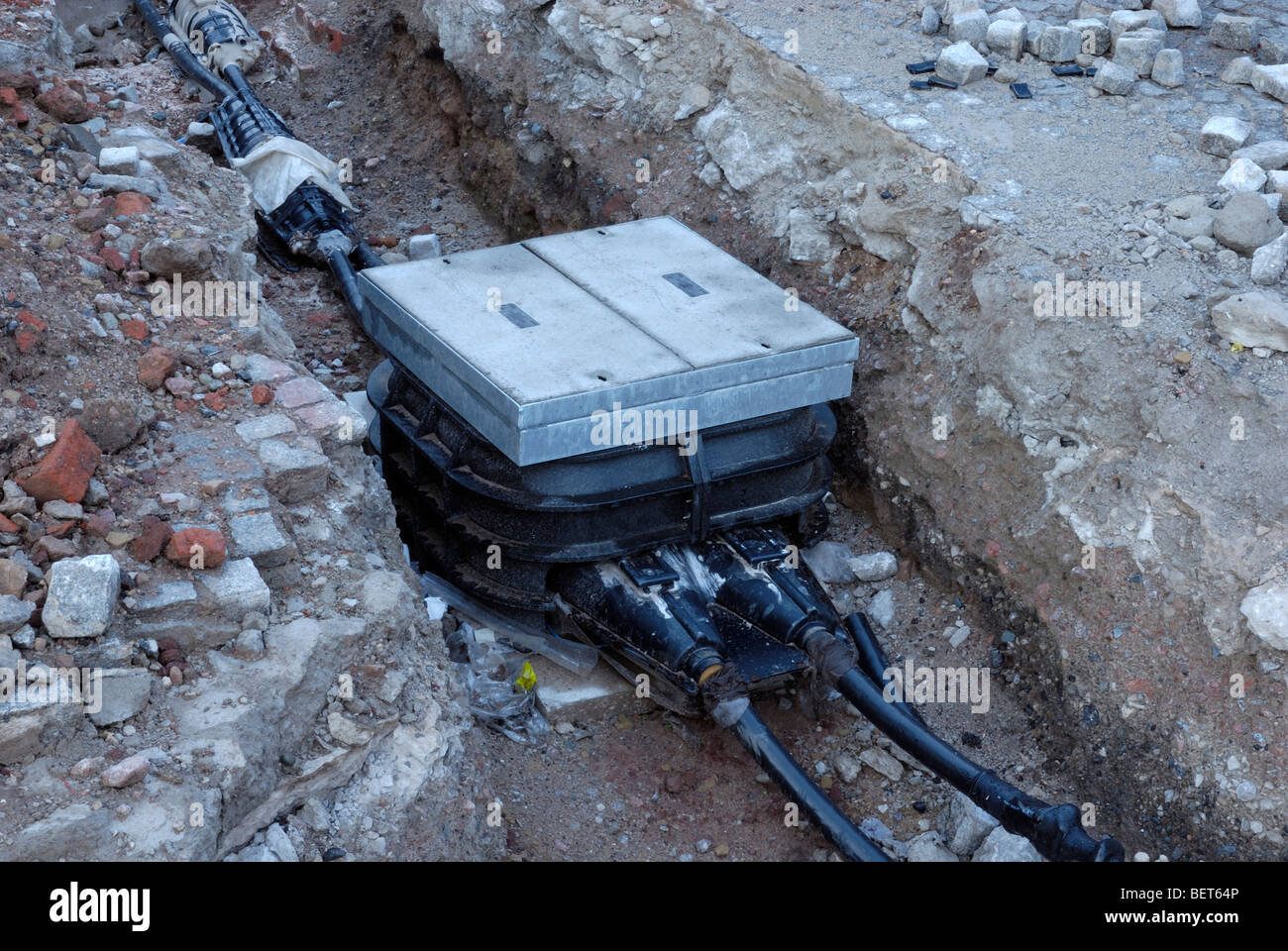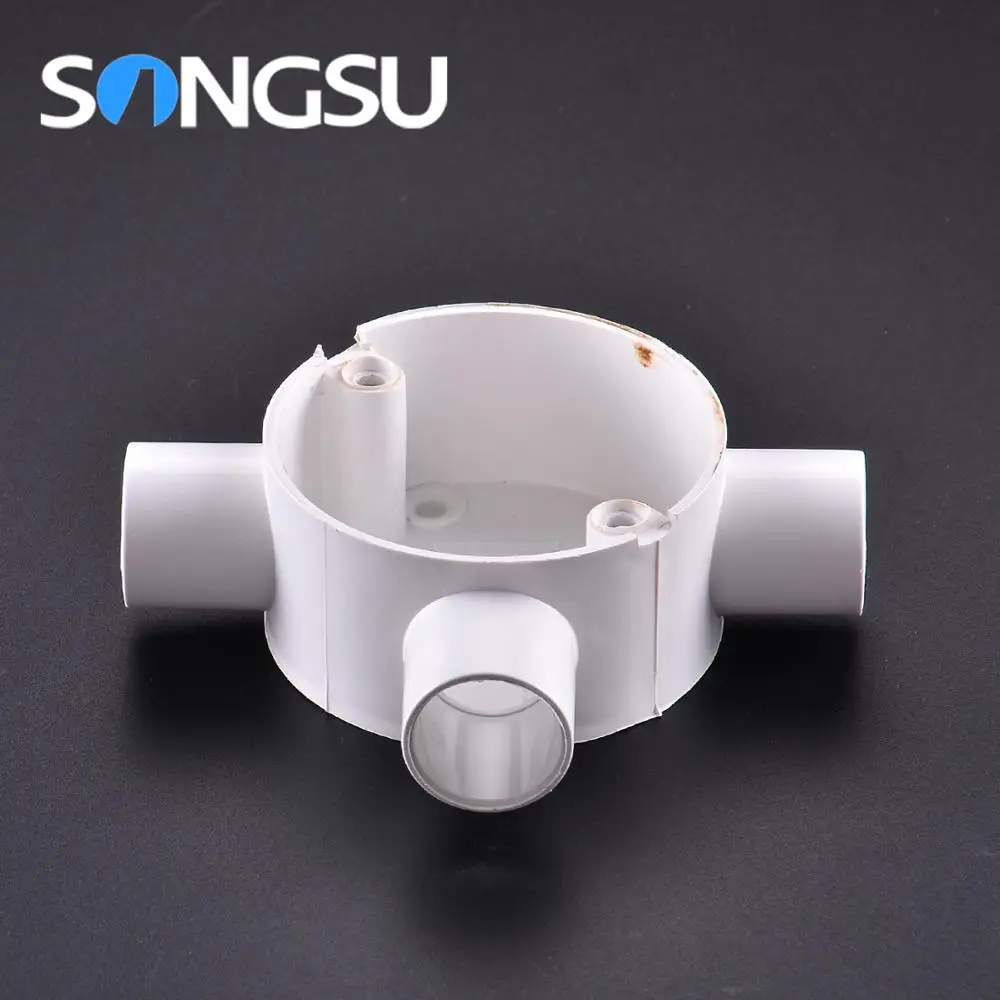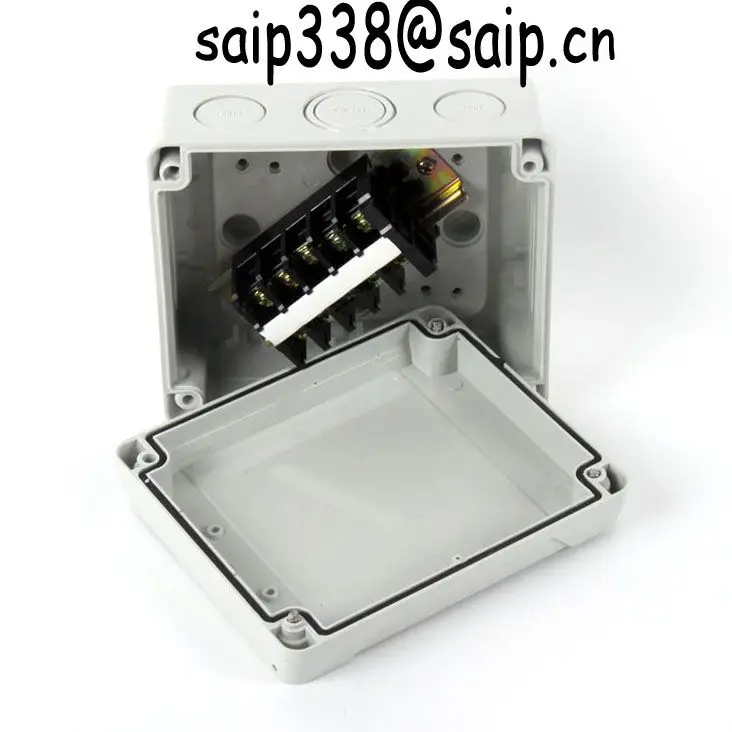Underground electrical junction boxes, the unsung heroes of our electrical infrastructure, play a crucial role in ensuring the safe and efficient distribution of electricity beneath our feet. Join us as we delve into the world of these essential components, exploring their types, installation, maintenance, and more.
Introduction
An underground electrical junction box is a protective enclosure that houses electrical connections and components beneath the ground surface. These boxes are essential for safeguarding and organizing electrical infrastructure, ensuring the safe and efficient distribution of electricity.
Underground electrical junction boxes serve several crucial purposes. They provide a centralized location for connecting and splicing electrical cables, allowing for easy access and maintenance. They also protect the electrical connections from environmental hazards such as moisture, dust, and corrosion, ensuring the reliability and longevity of the electrical system.
Components of Underground Electrical Junction Boxes
Underground electrical junction boxes typically consist of the following components:
- Enclosure:The enclosure is the outer casing of the junction box, typically made of durable materials such as concrete, fiberglass, or metal, providing protection from external elements.
- Cover:The cover seals the enclosure, preventing unauthorized access and protecting the contents from moisture and debris.
- Terminal Blocks:Terminal blocks provide a secure and organized method for connecting electrical cables within the junction box.
- Grounding Rods:Grounding rods are used to connect the junction box to the ground, providing a path for electrical faults to discharge safely.
Types of Underground Electrical Junction Boxes
Underground electrical junction boxes are classified based on their material, size, and shape. The choice of junction box depends on the specific application and environmental conditions.
Material
- Concrete:Durable, fire-resistant, and suitable for harsh environments. However, it is heavy and requires specialized equipment for installation.
- Plastic:Lightweight, corrosion-resistant, and easy to install. However, it may not be as durable as concrete in certain conditions.
- Metal:Strong, durable, and provides excellent grounding. However, it can be susceptible to corrosion and may require additional protection.
Size
Junction boxes come in various sizes to accommodate different numbers of cables and connections. The size is determined by the number and size of the cables being connected.
Shape
- Rectangular:The most common shape, suitable for most applications.
- Square:Similar to rectangular, but with equal sides.
- Round:Provides better cable management and is suitable for limited spaces.
- Oval:A compromise between rectangular and round, offering flexibility in cable routing.
Installation of Underground Electrical Junction Boxes
Installing underground electrical junction boxes is crucial for safe and efficient electrical distribution in underground environments. By following proper installation procedures and adhering to safety guidelines, you can ensure the longevity and reliability of your electrical system.
To ensure a successful installation, careful planning and preparation are essential. Determine the optimal location for the junction box, considering accessibility, protection from moisture and damage, and compliance with electrical codes and regulations.
Site Preparation
- Excavate the site to the required depth and dimensions, ensuring adequate space for the junction box and cable connections.
- Level and compact the base of the excavation to provide a stable foundation for the junction box.
- Install a layer of gravel or sand as a drainage base to prevent water accumulation.
Junction Box Placement
- Place the junction box in the prepared excavation and align it correctly.
- Secure the junction box to the base using bolts, anchors, or other appropriate fasteners.
- Ensure the junction box is level and stable before proceeding with cable connections.
Cable Connections
- Strip the insulation from the cable ends to the specified length and prepare them for connection.
- Use appropriate connectors, such as crimp terminals or solderless connectors, to join the cables to the junction box terminals.
- Tighten the connections securely to ensure proper electrical contact.
Backfilling and Sealing
- Backfill the excavation around the junction box with compacted soil or gravel.
- Install a warning tape or marker above the junction box to indicate its location for future reference.
- Seal the entry points of the cables into the junction box using waterproof sealant to prevent moisture ingress.
Maintenance of Underground Electrical Junction Boxes
Regular maintenance of underground electrical junction boxes is crucial for ensuring the safety and reliability of electrical systems. Neglecting maintenance can lead to potential hazards, such as electrical fires or equipment damage.
Routine maintenance involves periodic inspections and cleaning to remove dirt, debris, and moisture that can accumulate over time. Inspections should check for any signs of corrosion, damage, or loose connections that could compromise the integrity of the junction box.
Troubleshooting and Repair
If issues arise with underground electrical junction boxes, prompt troubleshooting and repair are essential. Common problems include:
- Loose connections:Tighten all connections and ensure they are secure to prevent arcing or overheating.
- Corrosion:Clean corroded terminals and apply an anti-corrosion compound to prevent further damage.
- Moisture ingress:Inspect for any entry points of moisture and seal them to prevent short circuits or insulation breakdown.
- Damaged cables:Replace any damaged cables to ensure proper current flow and prevent electrical hazards.
Regular maintenance and prompt troubleshooting of underground electrical junction boxes contribute to a safe and efficient electrical system. By adhering to these practices, you can minimize the risk of electrical incidents and ensure the longevity of your electrical infrastructure.
Applications of Underground Electrical Junction Boxes
Underground electrical junction boxes serve a crucial role in various industries, facilitating the distribution and connection of electrical power in concealed locations. Their applications span a wide range of scenarios, each with unique benefits and considerations.
Industrial Applications
In industrial settings, underground junction boxes are indispensable for powering heavy machinery, lighting, and other equipment. Their buried nature ensures protection from harsh environments and potential damage, while providing easy access for maintenance and repairs.
Commercial Applications
Commercial buildings, such as shopping malls, office complexes, and hospitals, rely on underground junction boxes to distribute power throughout their extensive electrical networks. These boxes facilitate the connection of lighting, HVAC systems, and other critical infrastructure.
Residential Applications
In residential areas, underground junction boxes are commonly used for outdoor lighting, landscape features, and swimming pool equipment. Their concealed placement enhances aesthetics and minimizes tripping hazards, while providing convenient access for maintenance.
Transportation Applications
Underground junction boxes play a vital role in powering traffic signals, streetlights, and other transportation infrastructure. Their durability and resistance to environmental factors ensure reliable operation, even in harsh weather conditions.
Benefits of Using Underground Electrical Junction Boxes
- Protection from the elements and physical damage
- Improved aesthetics and reduced tripping hazards
- Convenient access for maintenance and repairs
- Enhanced safety and reliability
Limitations of Using Underground Electrical Junction Boxes
- Higher installation costs compared to above-ground options
- Potential for moisture accumulation and corrosion
- More challenging to locate and access for repairs
By carefully considering the benefits and limitations of underground electrical junction boxes, industries and individuals can optimize their electrical distribution systems for specific applications.
Regulations and Standards

The installation and maintenance of underground electrical junction boxes are governed by a comprehensive set of regulations and industry standards. These guidelines ensure the safety and reliability of electrical systems, protecting both personnel and equipment.
Compliance with these regulations is paramount, as it ensures adherence to best practices and minimizes the risk of electrical hazards. Non-compliance can lead to accidents, property damage, and even legal liabilities.
National Electrical Code (NEC)
- The National Electrical Code (NEC) is a widely recognized standard that provides detailed requirements for the installation and maintenance of electrical systems, including underground electrical junction boxes.
- The NEC specifies requirements for box size, materials, grounding, and other safety measures to ensure the proper functioning and longevity of electrical systems.
Institute of Electrical and Electronics Engineers (IEEE)
- The Institute of Electrical and Electronics Engineers (IEEE) publishes standards that provide guidance on the design, installation, and testing of electrical equipment, including underground electrical junction boxes.
- IEEE standards cover aspects such as environmental considerations, corrosion protection, and testing procedures to ensure the reliability and safety of electrical systems.
Local Building Codes
- Local building codes often incorporate or reference national standards such as the NEC and IEEE standards.
- These codes may impose additional requirements specific to the local area, such as seismic considerations or special installation procedures.
Importance of Compliance
- Compliance with regulations and standards ensures the safety of electrical systems, protecting personnel and equipment from electrical hazards.
- It minimizes the risk of accidents, property damage, and legal liabilities.
- Compliance enhances the reliability and longevity of electrical systems, reducing downtime and maintenance costs.
- It fosters a culture of safety and professionalism within the electrical industry.
Future Trends and Innovations

The future of underground electrical junction boxes is bright, with emerging technologies and advancements promising to revolutionize their design, functionality, and installation.
Materials and Design
New materials and innovative designs are being developed to improve the durability, reliability, and safety of underground junction boxes. These include lightweight composites, corrosion-resistant alloys, and self-healing materials that can automatically repair damage.
Smart Junction Boxes
The integration of smart technologies is transforming underground junction boxes into intelligent devices. These smart junction boxes can monitor their own performance, detect faults, and communicate with other devices in the electrical grid. This enables real-time monitoring, predictive maintenance, and remote control, reducing downtime and improving grid reliability.
Wireless Connectivity
Wireless communication technologies are becoming increasingly common in underground junction boxes, allowing them to connect to remote monitoring systems and control centers without the need for physical wiring. This simplifies installation, reduces costs, and improves flexibility.
Sustainability
Sustainability is a key consideration in the development of future underground junction boxes. Eco-friendly materials, energy-efficient designs, and renewable energy sources are being incorporated to reduce the environmental impact of these critical infrastructure components.
Conclusion: Underground Electrical Junction Box

From industrial complexes to residential neighborhoods, underground electrical junction boxes silently facilitate the flow of electricity, enabling us to power our lives. Understanding their importance and proper handling empowers us to ensure their continued reliability and safety.
Query Resolution
What materials are underground electrical junction boxes typically made of?
Common materials include fiberglass, plastic, and metal, each offering varying levels of durability, corrosion resistance, and insulation.
How often should underground electrical junction boxes be inspected?
Regular inspections are recommended every 5-10 years, or more frequently in harsh environments, to ensure proper operation and prevent potential issues.
What safety precautions should be taken when working with underground electrical junction boxes?
Always de-energize the circuit, wear appropriate protective gear, and follow established safety protocols to minimize the risk of electrical shock or other hazards.